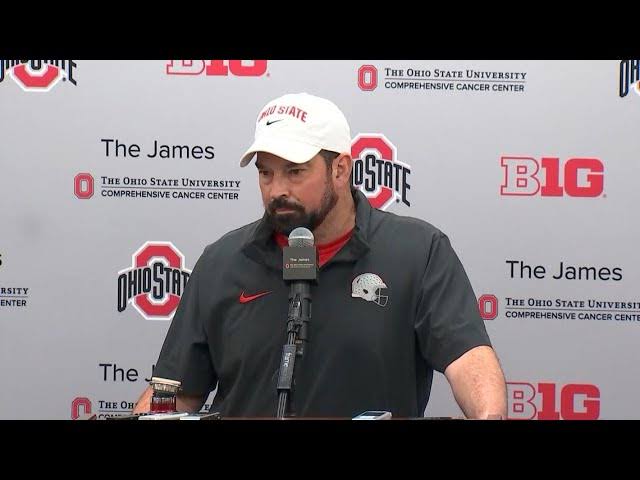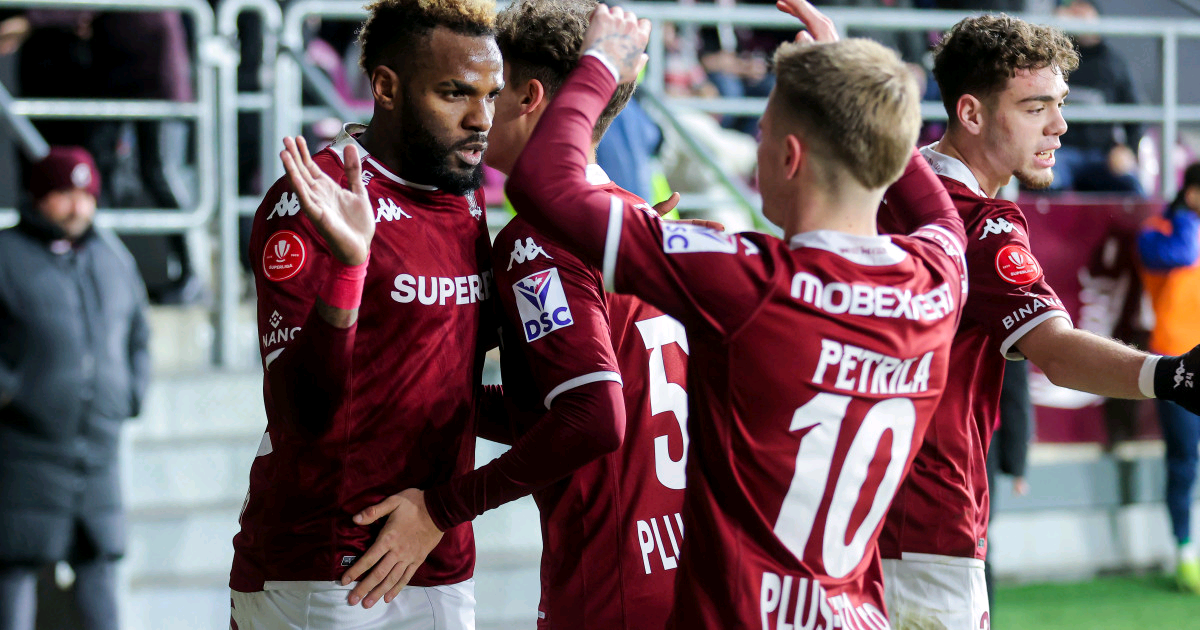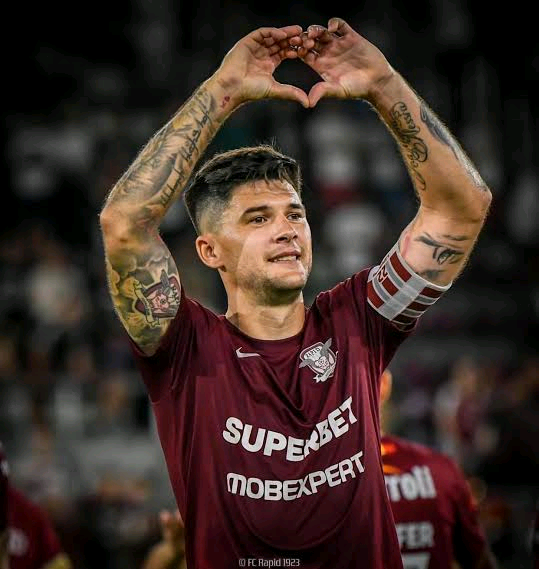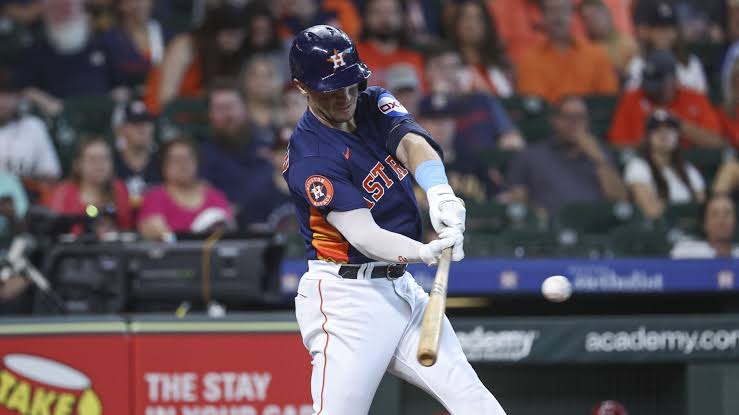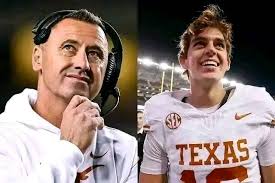
SHOCKING: I feel betrayed by Bruins harsh decision on me.
A month had passed since the Boston Bruins were eliminated from the Stanley Cup playoffs by the New Jersey Devils for the second consecutive year when Brian Burke, then working for the National Hockey League, announced outside a hotel in East Rutherford, NJ, that the league was about to crack down on the interference that was ruining the game.
The Devils, coached by Jacques Lemaire, had become a hot topic of discussion as his team bore a hole through the 1995 playoffs with a series of “upsets” and were now halfway to a shocking sweep of the heavily favored Detroit Red Wings in the Cup series.
A core member of the dynastic Montreal Canadiens of the 1970s, Lemaire was a decade into his coaching career when he tweaked his forecheck to bring the best out of the Devils who, while lacking a generational superstar like Guy Lafleur, were more like those Montreal teams than commonly supposed. They could skate and were big, strong, deep and talented throughout their lineup.
The core of that lineup was, like Montreal’s, a suffocating team defense built around goaltender Martin Brodeur and Scott Niedermayer, Scott Stevens and Ken Daneyko, GM Lou Lamoriello’s version of Montreal’s legendary Big 3D of Larry Robinson, Guy Lapointe and Serge Savard. (Puckmover Brian Rafalski would supplant Daneyko in an evolved version of the Devils coached by Robinson.)
Citing New Jersey’s tactical physicality away from the puck and calculated forecheck – Lemaire’s 1-2-2 was not, as often mislabeled, a neutral-zone trap – a reporter asked Burke if this new initiative by the NHL to curb interference was targeting the Devils.
“No, the New Jersey Devils are playing beautiful hockey,” explained Burke. “What we’re trying to do is stop guys like Don Sweeney from running 90 feet across the ice to block players trying to check Ray Bourque.”

Shellshocked was I to learn that the big, bad Devils who were gumming up the game against more aesthetically pleasing teams like the Mario Lemieux-led Pittsburgh Penguins were, according to the NHL, everything that was right with hockey at a time when everyone and his sister seemed in particular to hate what New Jersey was doing to the game and in general had an opinion on how to fix the sport.
The same reporter – by now you should have guess it – asked Sweeney and coach Jim Montgomery during Wednesday’s breakup presser if, given how Charlie McAvoy was paired during the playoffs with Hampus Lindholm, Mason Lohrei and Parker Wotherspoon, they hold a belief on what kind of defense partner best suits McAvoy’s game. After all, the Maple Leafs and the Panthers made it a point to run at McAvoy like he was the only Bruin out there.
“I mean, for quite a long time, the other team targeted Ray Bourque every goddamn night,” said Sweeney, inadvertently reminding me of Burke’s June 22, 1995, remarks. “Let’s be honest, that’s what happens in the playoffs. They know what key components on other rosters are, and they’re going to try and attack it. That’s an opportunity for other players to take a step forward.”
Or the 83-foot width of the old Garden – sideways in Sweeney’s case.
“Charlie embraces that opportunity to play against the best players and to hopefully stare them down,” added Sweeney, alluding to the courage with which Bourque played the game and comparing McAvoy’s matchups to those faced this season by David Pastrnak. “That’s what the playoffs are, and we’re trying to do the exact same thing to the other side.”
Montgomery considered it premature to be determining McAvoy’s defense pairing for 2024-25.
“I think that, you know, part of your question is Charlie McAvoy wanting to be and having the ability to be Scott Niedermayer and Scott Stevens is why he’s so valuable and so talented, and that’s why I think he can mix and match with a lot of people,” said Montgomery.
Then let’s also be honest. Under high-end competition, McAvoy gets drawn into trying to do too much. Since Zdeno Chara left the organization, Matt Grzelcyk has probably been his most-consistent defense partner. But neither was available for this playoff season, so McAvoy saw every left shot the Bruins have with NHL experience.
It wasn’t always pretty.
Both McAvoy and Pastrnak took heat during the playoffs for erratic play and lack of production, respectively, but, as Sweeney noted, both players embraced those challenges.
Those challenges were made more formidable against Florida because the Boston Bruins played the 2023-24 season with one legitimate centerman (Charlie Coyle) and three to four forwards slotted into the critical position as NHLers for the first time. Pavel Zacha and Matt Poitras made progress in the role, but for different reasons neither was able to hold down the spot in the playoffs.
Like Patrice Bergeron and David Krejci were for Boston, Lemaire had been a great, two-way centerman for the Canadiens, playing up and down in their lineup as needed for well over a decade. He understands as well as anyone could how crucial it is to control the middle of the rink.
Having seen him beat the Bruins with such regularity as a player (including his 1977 Cup-winning, overtime goal), it came naturally to be fascinated with Coach Lemaire. But I was far from alone, and at one postgame presser during the Devils’ 1995 Cup run he grew frustrated with the media’s preoccupation with New Jersey’s forecheck.
“There is so much about this team, but all you want to talk about is that damn trap,” he said.
Coached in their 1997-99 recovery phase by former Montreal legend Pat Burns, the Boston Bruins were among the many NHL teams emulating New Jersey’s forecheck. But because the Bruins didn’t have New Jersey’s players, Boston’s late ’90s version of Lemaire’s 1-2-2 looked from the FleetCenter press box like a school of fish swerving this way and that, never catching up to the angler’s lure.
The Devils and the Red Wings dominated the decade before the NHL lockout that led to a real salary cap, splitting six of those 10 championships. A big reason for that dominance is those two teams were not copycats. While the Devils aspired to what Montreal had in the ’70s, Lamoriello was not parroting his current competition. Nor were the Red Wings.
Designed by Ken Holland and coached by Scotty Bowman (the coach of Montreal’s last five Cup teams of the ’70s), Detroit played a variation of the left-wing lock. Few teams tried to copy the lock, but the giant Boston Bruins squad that GM Mike O’Connell assembled in 2001 and finished second overall to Detroit suddenly tried when coach Robbie Ftorek saw that the Bruins could not keep pace with the smaller, faster Canadiens despite their 1-versus-8 playoff matchup.
As we’ve noted before in this space, the team that finds itself ditching six months of regular-season strategy after one playoff game invariably finds itself out of the playoffs about a week later.
Defenseman Jeff Norton was 36 years old and nearing the end of his playing career when acquired by O’Connell at the 2002 trade deadline, but having played the left-wing lock in San Jose he told this reporter the Bruins weren’t doing it right, that their version of the lock needed to be tighter, more aggressive.
Moral of the story: Yes, the Boston Bruins need a veteran, two-way center who can win his share of faceoffs and, more importantly, apply connectivity to the net-front areas at both ends of the rink the way Lemaire did, the way Bergeron and Krejci did.
But that is not all this summer: In order for the Bruins to play more of the game in their playoff opponents’ end of the rink and, dare we suggest, dole out some of the punishment that dominant defensemen like Bourque and McAvoy absorb on “the other side,” as Sweeney described it, the Bruins need a forward group more like the 1990s Devils, more like the 2023-24 Florida Panthers.
With adequate salary-cap space, an historic redundancy between the pipes and a reinforced verbal prelude to Jake DeBrusk going to the open market on July 1, the door is open for Sweeney’s matter-of-fact announcement that he will make calls and take calls to pay off in the way of impactful personnel changes.
This is the legacy offseason for this era of Boston Bruins management.
Alexis Lafreniere’s game-tying goal in the first period of Game 3 of the Eastern Conference Final looked like a set play, as Panthers defenseman Aaron Ekblad took an aggressive stance at center ice and then the Rangers set a pick on Gustav Forsling, so that Vladimir Tarasenko was the only Panther coming back and late at that.

Chalk it up as one way the Rangers are a more formidable challenge for the Panthers than the Bruins. The Rangers simply have more time together, are more actualized in their game, and are precise and sharp with the puck as a team, matters very much under construction in Boston.
Finally, the thought has occurred that, in the NHL’s 1967 expansion era, every team that has eliminated the Boston Bruins from the playoffs in consecutive years has won the Stanley Cup in one of those seasons: Montreal 1968 and ’69 (won both years); Montreal ’77, ’78 and ’79 (won all three years); Montreal ’84, ’85, ’86 and ’87 (won in ’86); Pittsburgh 1991 and ’92 (won both years); and New Jersey ’94 and ’95 (won in ’95).
The Florida Panthers (2023 and ’24) are on the clock.


